Animal/household prods
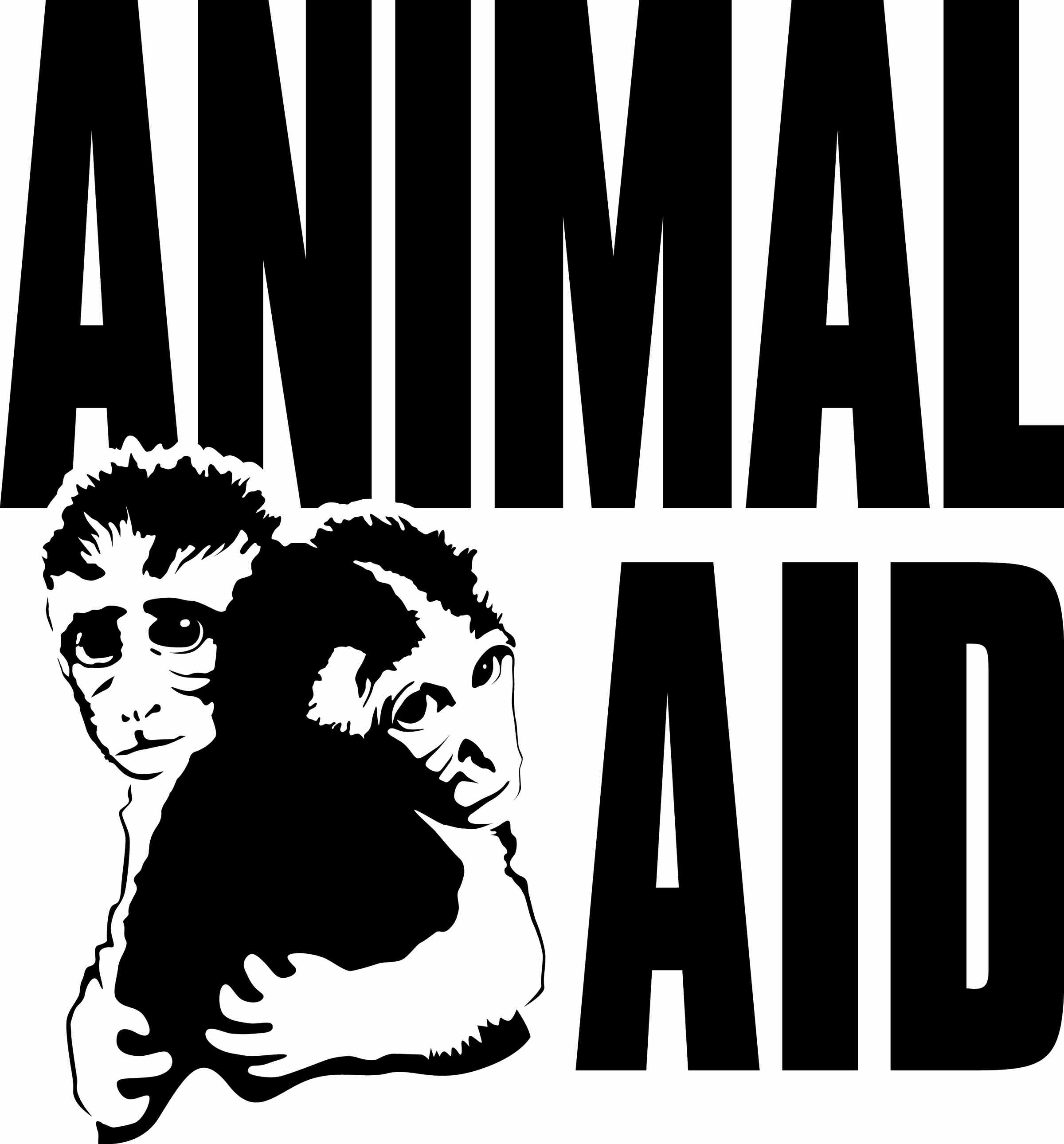
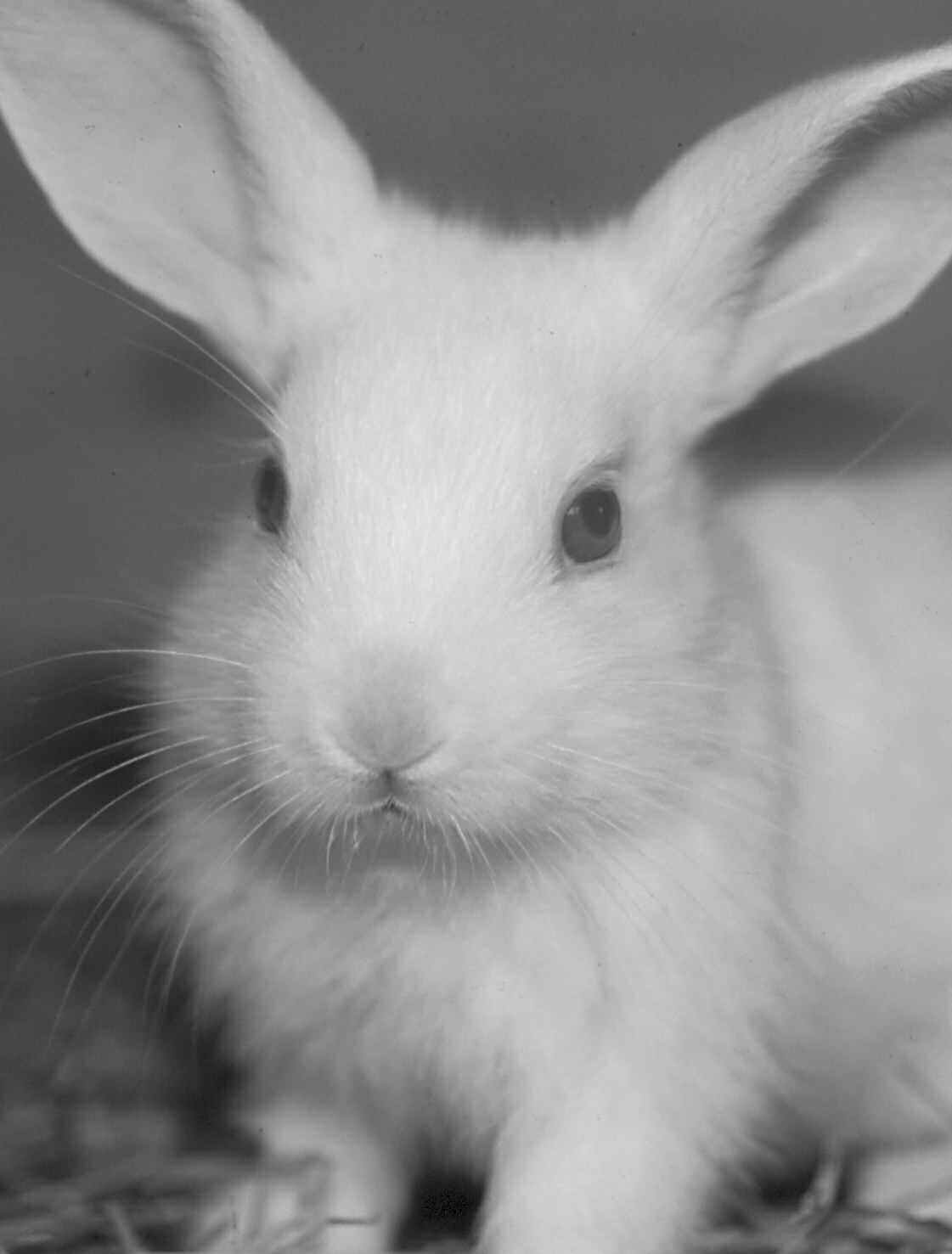
Testing Cosmetics andHousehold Products onAnimals
Every year, hundreds of thousands of animals
suffer and die in unnecessary experiments to
test household products, toiletries and
cosmetics. Products such as soap, shampoo,
washing-up liquid, glue, paint, industrial
chemicals and even food additives, are
tested on animals by companies motivated
by profit.
The law in the UK and in the EU does not say
that products have to be tested on animals,
only that companies have to ensure that their
products are safe for people to use and do
not harm the environment.
Since 1998, the British government has not issuedlicences for testing cosmetics or their ingredientson animals. And in 2009, the ban extends acrossEurope. This sounds like great news, but sadly thiswill not be the end of animal testing for cosmetics.
Three types of animal poisoning test will continueuntil at least 2013: repeated-dose toxicity,
reproductive toxicity and toxicokinetics. Currently,
no ‘alternatives' to these tests have been approved.
Repeated Dose Toxicity
A chemical is given to animals over and over again
And this is not the end of the story. There is another
to see whether it harms them. It may be pumped
European law, which may mean that some cosmetic
into their stomachs or injected into them, or the
ingredients will still be tested on animals. It is called
animals may be forced to inhale it. The test can last
REACH (Registration, Evaluation, Authorisation and
a few days or several months. At its conclusion, the
Restriction of Chemicals). Under this law, the
animals will be killed and their organs studied. At
European Commission plans to test 30,000
least two different species of animal will be used –
chemicals for their human and environmental safety.
one will be a rodent; the other could be, for
Cosmetics were not supposed to be included in this
example, a dog or a monkey.1
testing programme but, because some chemicals
used in cosmetics are used for other purposes, they
could also be tested on animals.
Chemicals are forced into animals to see if they
Household Product Tests
harm their reproductive systems or their young.
Animals may be poisoned for months or years in
Most household products in the shops are made by
order to examine the effects in their offspring. Some
five companies, all of which test on animals: Procter
animals will be given high doses; others low doses.
& Gamble, Unilever, SC Johnson, Colgate-Palmolive
But all will be killed at the end of the test.
and Reckitt Benckiser. To keep ahead of theircompetitors, all of these companies insist on
developing ‘new' and ‘improved' ingredients – andthat means more animal testing, more misery and
Again, chemicals are given to animals at varying
doses and their whole-body reaction is watched to
tfile see how they respond. Blood samples are regularly Campaigns continue to press for laws to stop the
taken to examine the effects of the chemical. This
use of animals for household product testing. In the
c type of test is often used in conjunction with the meantime, Marks & Spencer and the Co-op have
other two, but none can predict how a human will
taken the lead and guarantee that their own-brand
react to the same chemicals.2
products are not animal-tested.
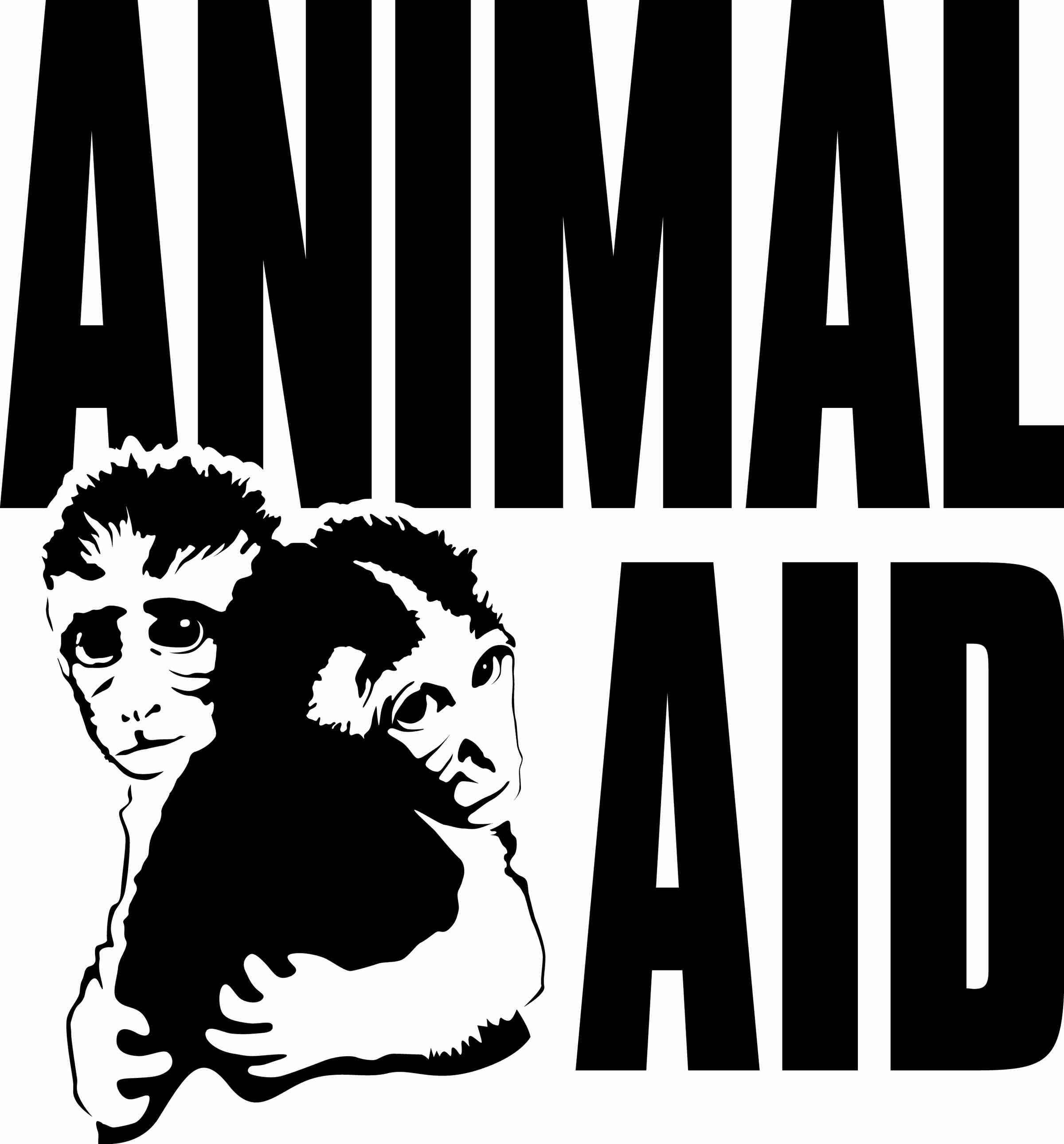
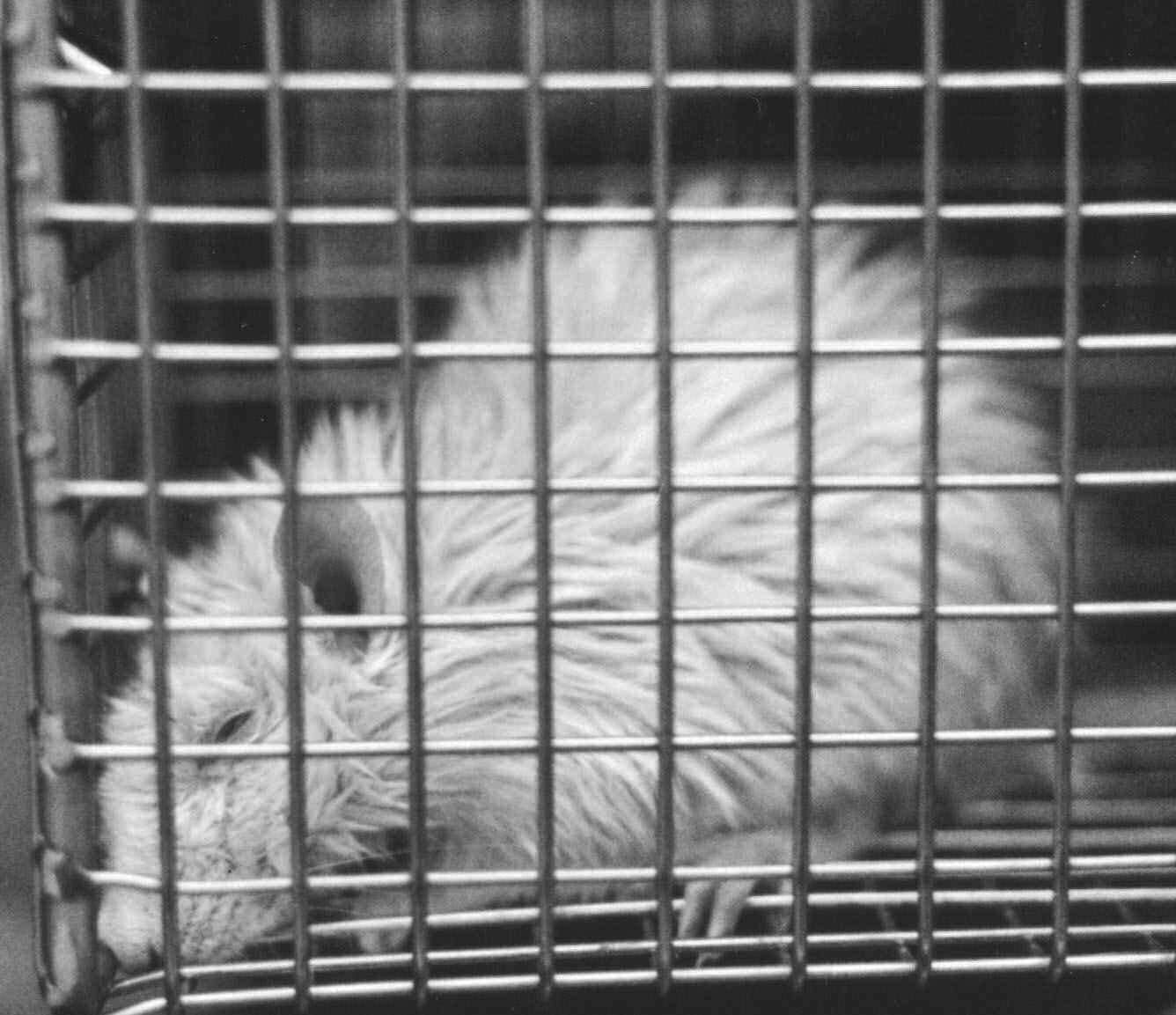
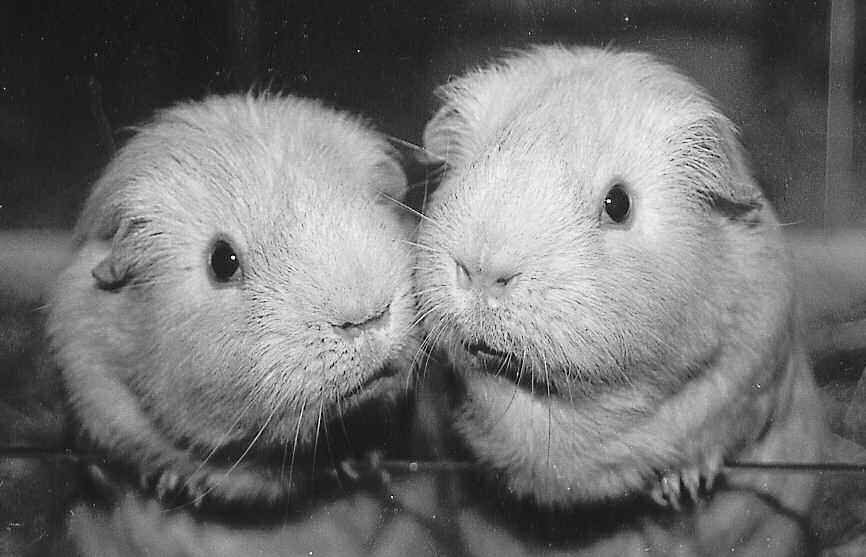

Bad Science
The truth is that performing tests on animals doesnot establish whether products are safe for people touse. Animals are genetically and biochemicallydifferent from people. They absorb, metabolise andexcrete chemicals differently, and, therefore, animaltests can never predict how a chemical will affectpeople. For example, bleach causes only mildirritation to rabbits' skin but severe irritation tohuman skin. Benzene (a common chemical inhousehold items) causes cancer in people, but not inrats or mice.
Furthermore, it is virtually impossible to assess inanimals the risk of a product causing a slow
The main cruelty-free policies
developing disease in people, as their lifespan is
much shorter than our own. Their lives are curtailed
Fixed cut-off date (FCOD):
even more in laboratory experiments – a typical
This means a firm's products or ingredients haven't
rodent toxicity test will take on average three
been tested on animals after a specific date. The
months, at the end of which the animal will be killed
further in the past the cut-off date, the more ethical
and the outcome analysed.
Five year rolling rule (5YRR):
This means the product does not contain anyingredients that have been tested in the previous fiveyears. However, since a product can take severalyears to come to market, this policy is only a mildinconvenience to manufacturers, and does little todissuade them from testing new ingredients onanimals, as they know it will not be long before theirproducts can be labelled ‘cruelty-free'. Animal Aiddoes not endorse products developed under a5YRR.
Beware if the labels says:
Damaging People and the
‘Not tested on animals'
This product may not have been tested on
animals, but all of the ingredients may well have
Nearly all household products contain substances
been. In fact, most animal testing is for
that can cause cancers and other diseases.3
ingredients and not finished products.
Furthermore, the barrage of antibacterial products
‘Against animal testing'
marketed to create a germ-free environment could
This is meaningless unless the company can
contribute to the development of drug-resistant
prove that they stick to a strict non-animal
superbugs. A 2007 study, which looked at 27
testing policy.
previous studies from 1980 to 2006, concluded that
the main active ingredient in many antibacterial
‘We don't test our products or ingredients on
soaps – triclosan – may cause some bacteria to
become resistant to commonly used antibiotics such
Another company may have done so on their
Many scientists have also concluded that man-madechemicals are damaging wildlife by causingdecreased fertility, decreased hatching success andeven gender dysfunction. Although REACH will testthousands of chemicals to assess their impact onpeople and the environment, the programme will killmillions of animals to do so, and ultimately will not
tfilew generate reliable information about how substances
are damaging people, animals and the environment.
c Rather than consuming more chemicals, we should
be aiming to cut down their use in our daily lives.
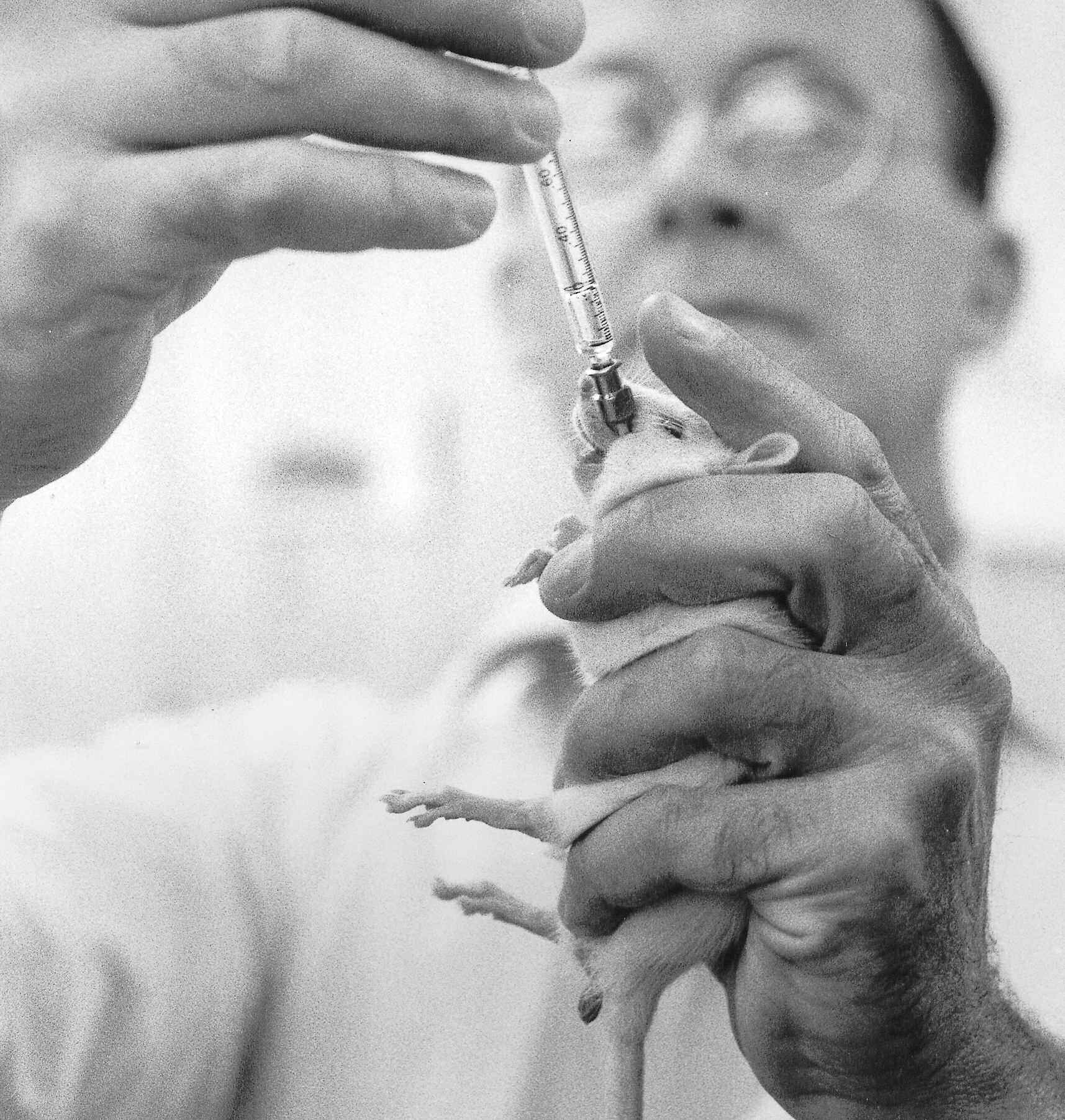
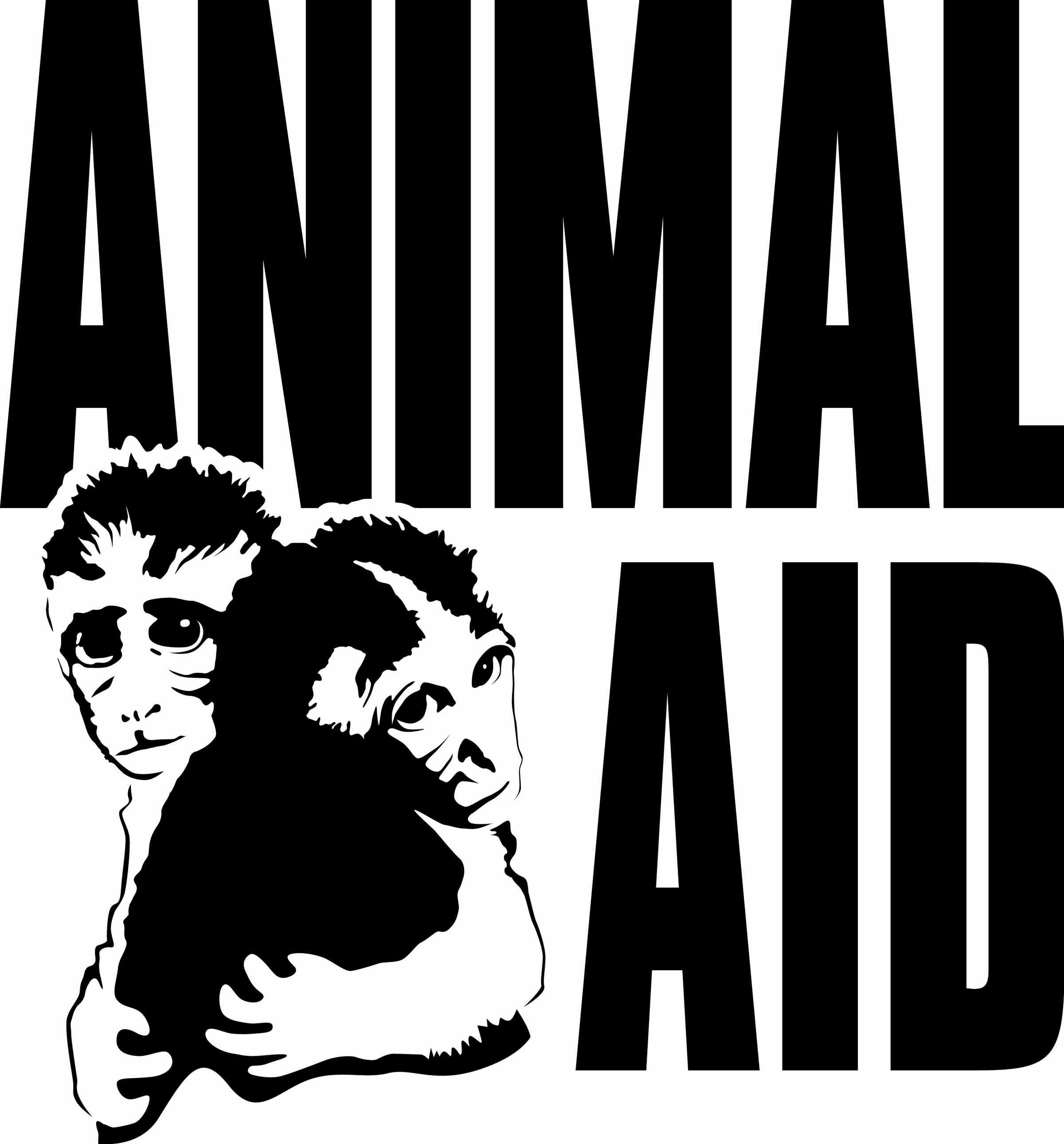
How to be a cruelty-free cleaner
The following companies offer various householdcleaning products, all of which implement a fixedcut-off date (FCOD), and contain no animal-derivedingredients:
• Honesty: Tel: 01629 814888
Mail order service.
• Bio D: Tel: 01482 229950
Available in health food shops. List of outlets on company's website.
• Clear Spring: Tel: 0161 724 4016
Available in health food shops, via mail order andfrom Animal Aid.
• Astonish: Tel: 0113 236 0036
Available in supermarkets, ‘pound shops' and via mail order.
You could always try making your own householdcleaning products. This will save animals, de-toxify
• Co-op own range products are cruelty-free,
your home and save you money! Not just old wives'
but check on the label for animal ingredients.
tales, these tried-n-tested natural recipes really work:
• Marks & Spencer own range products are
cruelty-free but check on the label for animal
Washing powder: mix 1 cup of finely grated soap,
1 cup of washing soda and 2 tsp of lavender oil.
Fabric conditioner: soak herbs in white wine
Humane Cosmetics Standard and
vinegar. Alternatively, buy a ‘laundry ball' e.g. from
Household Products Standard
www.lakelandlimited.co.uk to replace washing
Look out for BUAV's leaping bunny symbol on
powder and conditioner altogether – it really works!
cosmetics, toiletries and household products, which
Stain remover: washing soda removes tea, fruit
guarantees that neither the ingredients, nor the
juice and blood. For oil, rub white chalk into the
finished products, have been tested on animals after
stain before laundering.
a certain fixed cut-off date. It does not guarantee
that the products are free from animal ingredients.
Scouring powder: bicarbonate of soda can be
For an up-to-date list of companies that are allowed
used for sinks and baths.
to use this symbol, see www.gocrueltyfree.org
Window cleaner: use a mix of vinegar and water.
To avoid smears, rub onto windows using
Floor cleaner: washing soda crystals in water.
Oven/microwave cleaner: mix baking soda
(bicarbonate of soda) and water to form a paste.
Furniture polish: mix three parts olive oil and one
part vinegar, or one part lemon juice and two parts
olive oil. Buff with a soft cloth.
Silverware polish: apply bicarbonate of soda
paste with a damp sponge or soft cloth.
Air freshener: leave opened box of baking soda
(bicarbonate of soda) in the room or add cloves and
cinnamon to boiling water.
For clogged drains: pour 1/2 cup baking soda
(bicarbonate of soda), then 1/2 cup vinegar down
NB. Bicarbonate of soda is the same as baking
soda. Washing soda is sodium carbonate (it can
usually be bought or ordered from supermarkets).
Source: http://www.ecophy.co.uk/assets/uploads/pdf/Animal%20Testing.pdf
Contents lists available at Developmental Biology journal homepage: Luteinizing hormone reduces the activity of the NPR2 guanylyl cyclasein mouse ovarian follicles, contributing to the cyclic GMP decrease thatpromotes resumption of meiosis in oocytes Jerid W. Robinson ,1, Meijia Zhang , Leia C. Shuhaibar , Rachael P. Norris , Andreas Geerts Frank Wunder , John J. Eppig , Lincoln R. Potter nn, Laurinda A. Jaffe n
High Performance Alarm Release 02 Congratulations on your choice of a MetaSystem product! We would like to ask you to read the instructions in this manual carefully as you will find it contains useful information to get acquainted with the many possibilities that the H.P.A (High Performance Alarm) range of products is able to offer. After you have installed the product according to the "installation instructions" supplied with the product, and which















